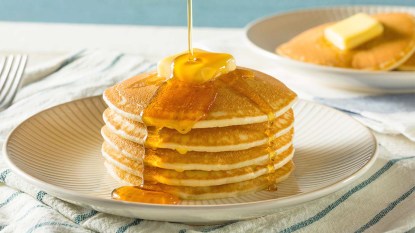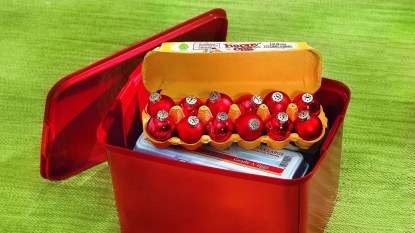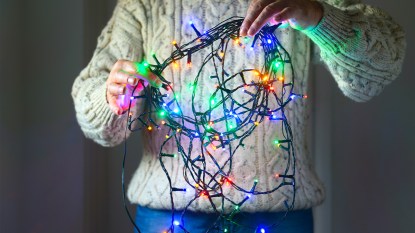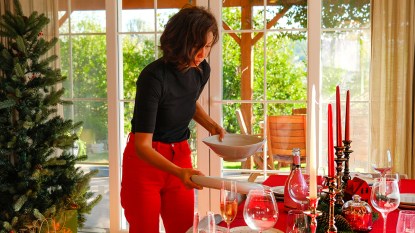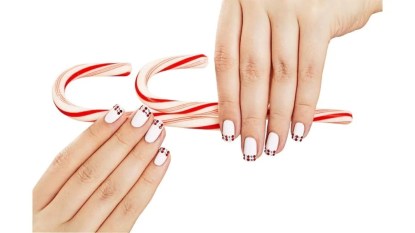17 Fun and Freaky Facts About Halloween
Discover the amazing origin of the name "Jack o' Lantern"
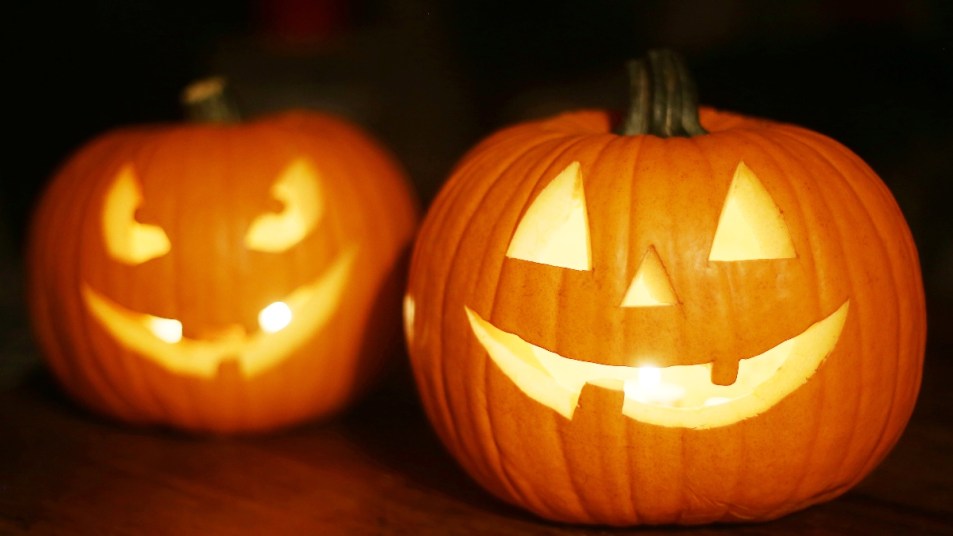
We all remember the excitement and anticipation of Halloween when we were kids: putting on those now-vintage plastic costumes of a favorite cartoon characters or super hero (you can still smell that distinctive aroma of the matching masks can’t you?), trick-or-treating for hours, then doing a candy swap with our best friends. Today, we still love the nostalgia, the thrill and, of course, the candy, but as adults we also discovered that the holiday has deep and fascinating roots in history and there is a lot more to it than meets the newt’s eye. Here, we’ve we’ve put together some fun and freaky facts about Halloween — from it’s ancient origins to the things you can’t do on All Hallows’ eve.
1. Halloween is over 2,000 years old
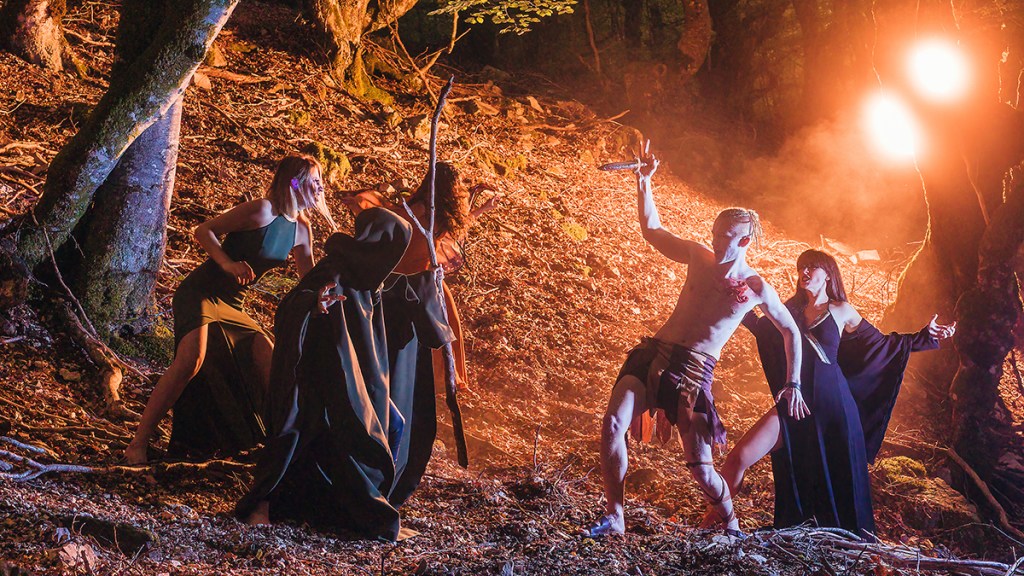
Did you know that Halloween is even older than Christianity? It all began as a Celtic celebration called Samhain, which means “summer’s end.” Held around the start of November, the festival celebrated the final day of the fall harvest and the time when spirits crossed over from the after-life to our world, since people believed the veil between the living and spirit world was at its thinnest at that time of year. People used to ward off ghosts and spirits by lighting bonfires and wearing costumes to “trick” the spirits (see more about this below).
2. Trick-or-treating comes from ‘souling’
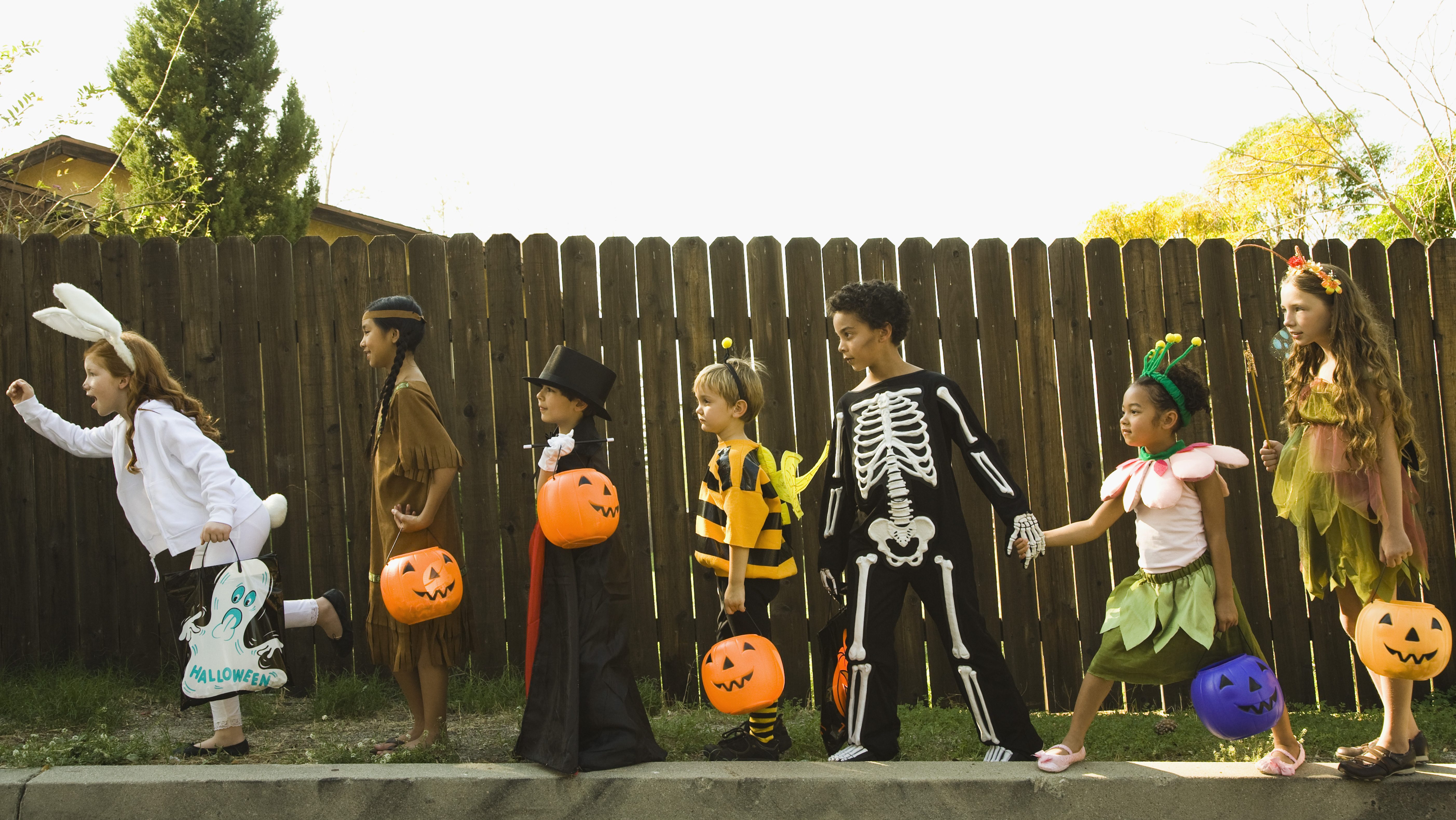
The tradition of children dressing up in costumes and going door-to-door asking for treats can be traced back to the rituals of Samhain and became popular in the Middle Ages. On the night of Samhain, it was believed that phantoms walked the earth, so people would dress up in costumes in an effort to repel the spirits. The act of “souling” was where poor children and adults would go door-to-door dressed as spirits accepting food in exchange for prayers.
3. The Irish brought us jack-o’-lanterns
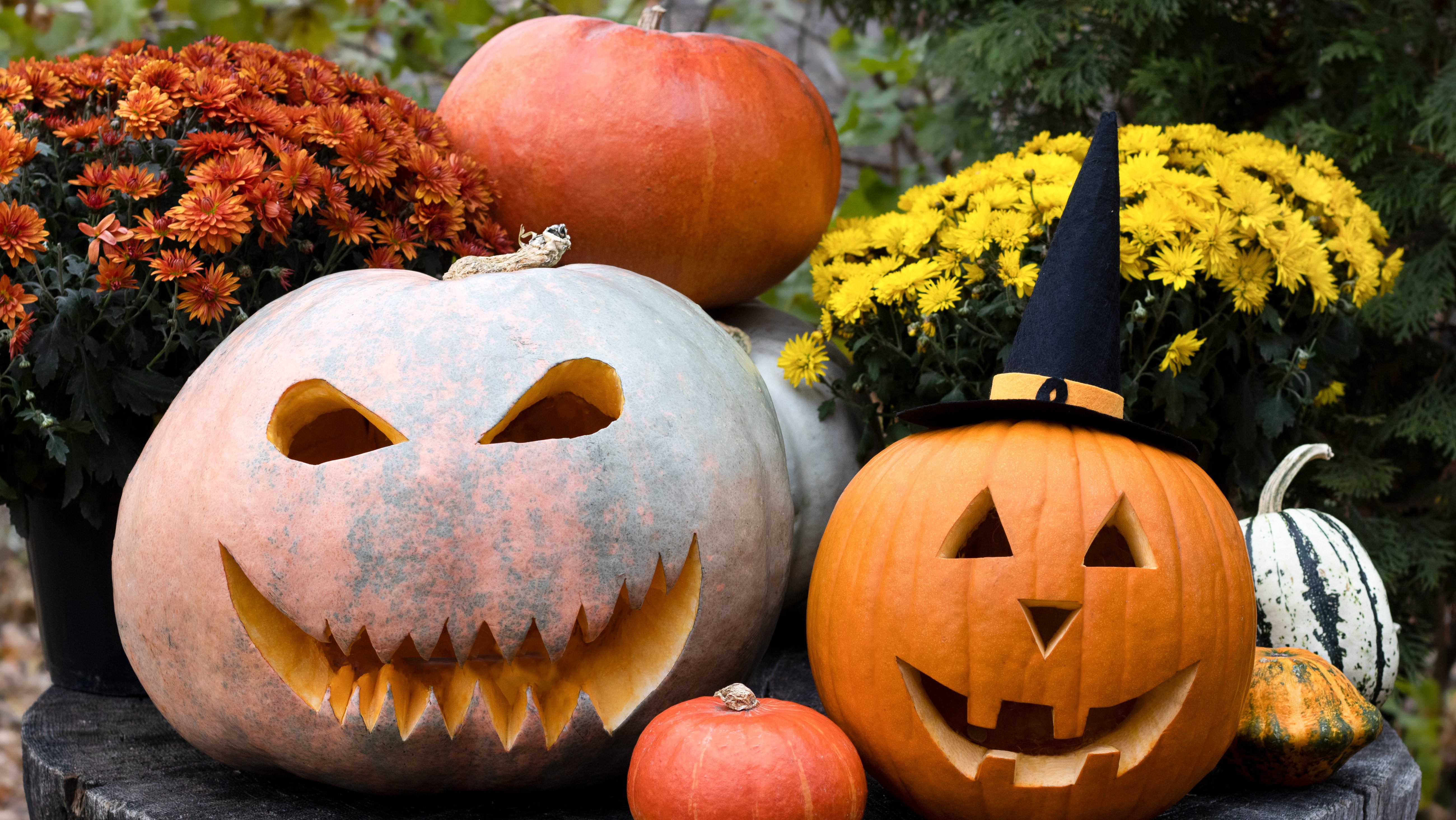
According to one story, an Irish man named Stingy Jack tricked the devil and as a result, was not allowed into heaven or hell. He spent his days roaming the Earth, carrying a lantern, and went by the name “Jack of the Lantern,” which is where we get the name for our Halloween pumpkins from.
4. The Day of the Dead honors those who have passed
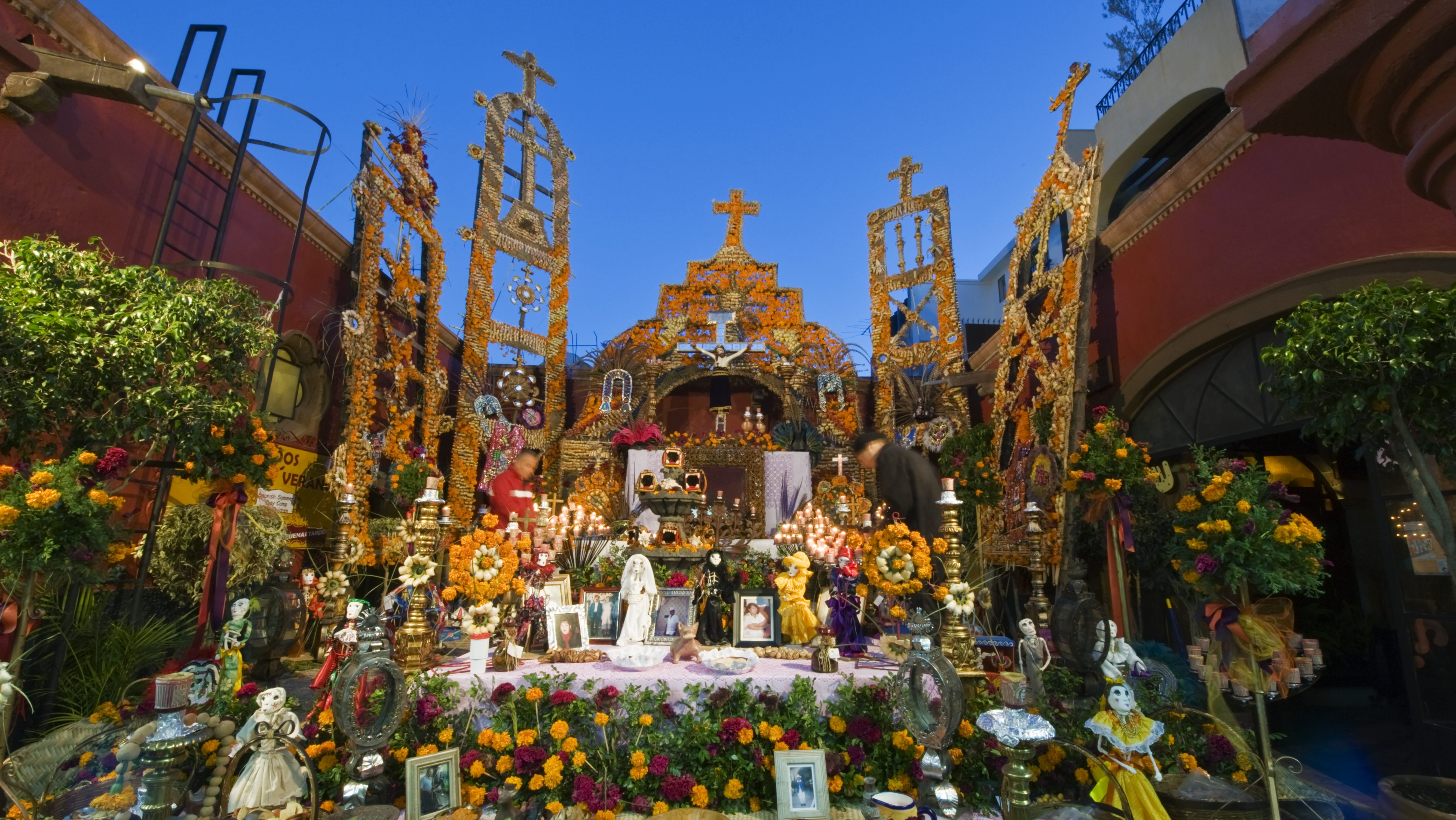
The Day of the Dead, or Dia de los Muertos, takes place from October 31 through November 2 in Mexico and a few other Hispanic countries. The occasion honors children that died, and their family members decorate graves with baby’s breath and white orchids. On November 2, families honor adults who have died and place orange marigolds on grave sites.
The original Aztec celebration actually lasted a month long, but when Spanish conquistadors came over to Mexico in the 16th century, they merged the festival with the Catholic All Saints’ Day. The modern day celebration is a mix of both Aztec rituals of skulls, altars to the dead and food with Catholic masses and prayers.
5. The night before Halloween is called ‘Mischief Night’
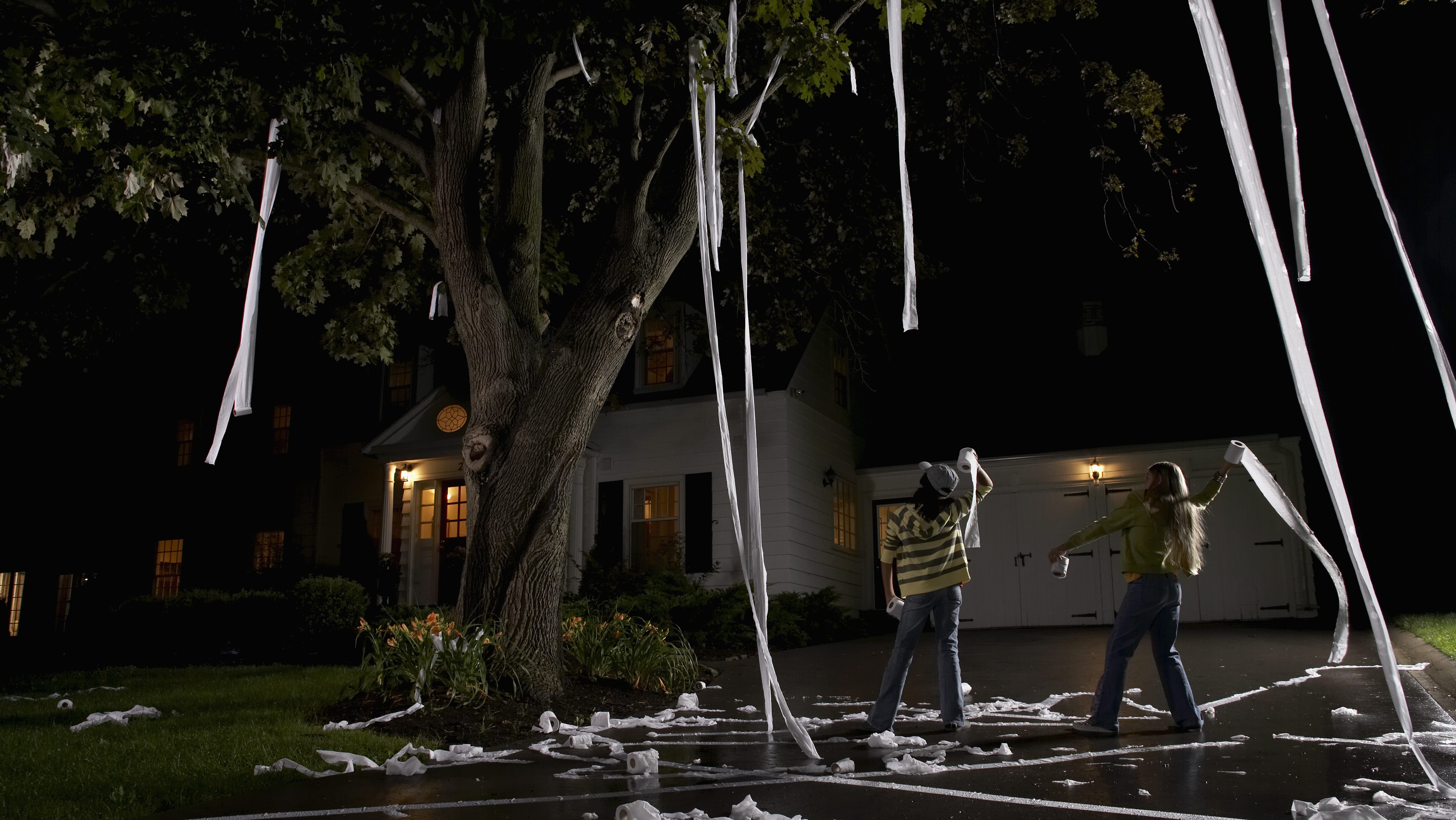
One of the top Halloween facts you should remember: October 30 is the night to pull pranks for many, from toilet papering the trees outside someone’s house to egging cars. The tradition sometimes takes place on November 4 in the UK. So keep an eye out for pranksters!
6. Halloween is linked to love
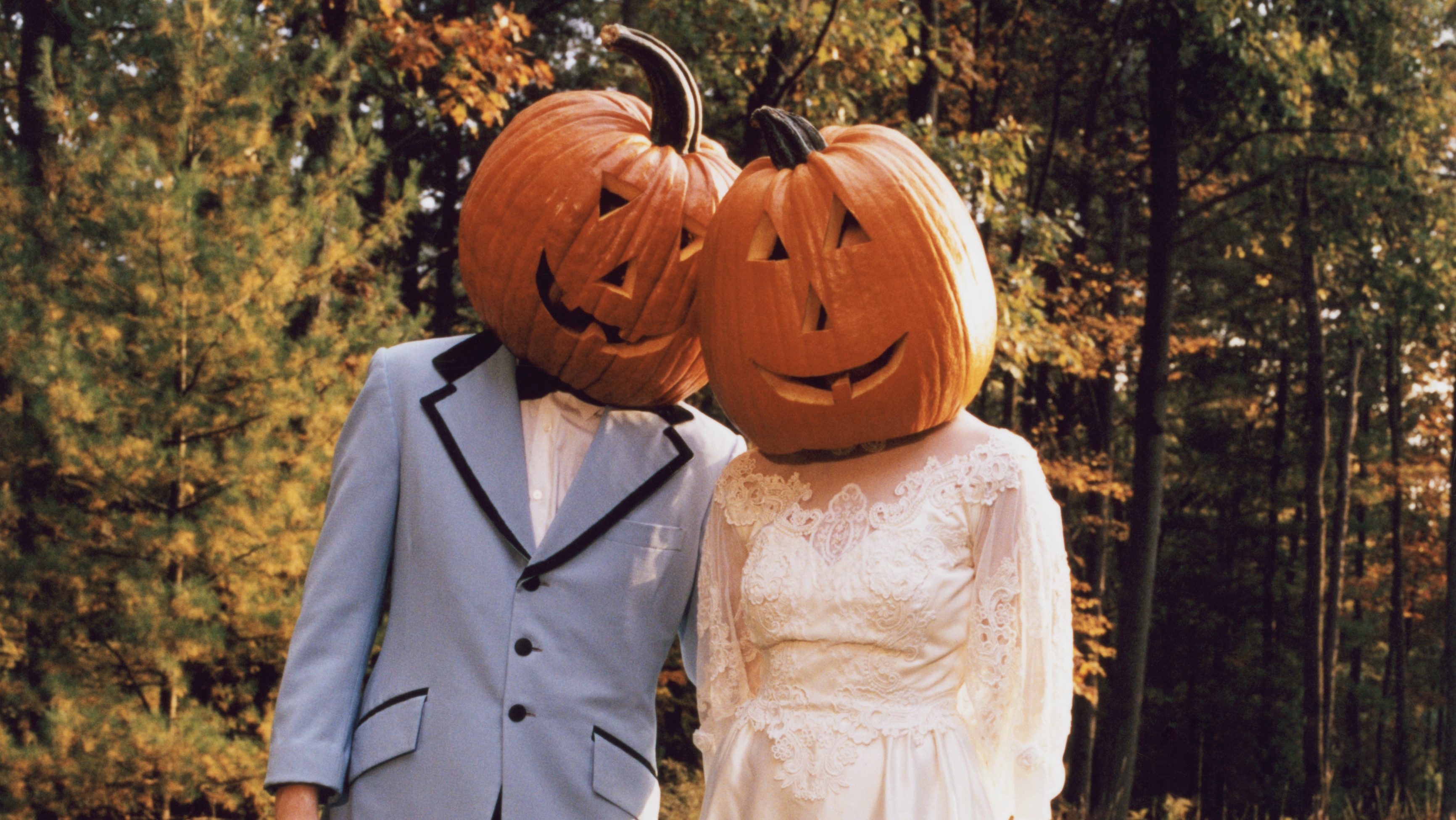
There was once a time when Halloween was associated with finding a potential husband, and in the early 20th century, Halloween games for women involved cutting an apple skin off and tossing it over her shoulder, with the landed peel said to indicate the first initial of her future husband.
7. When sweets were first handed out on Halloween
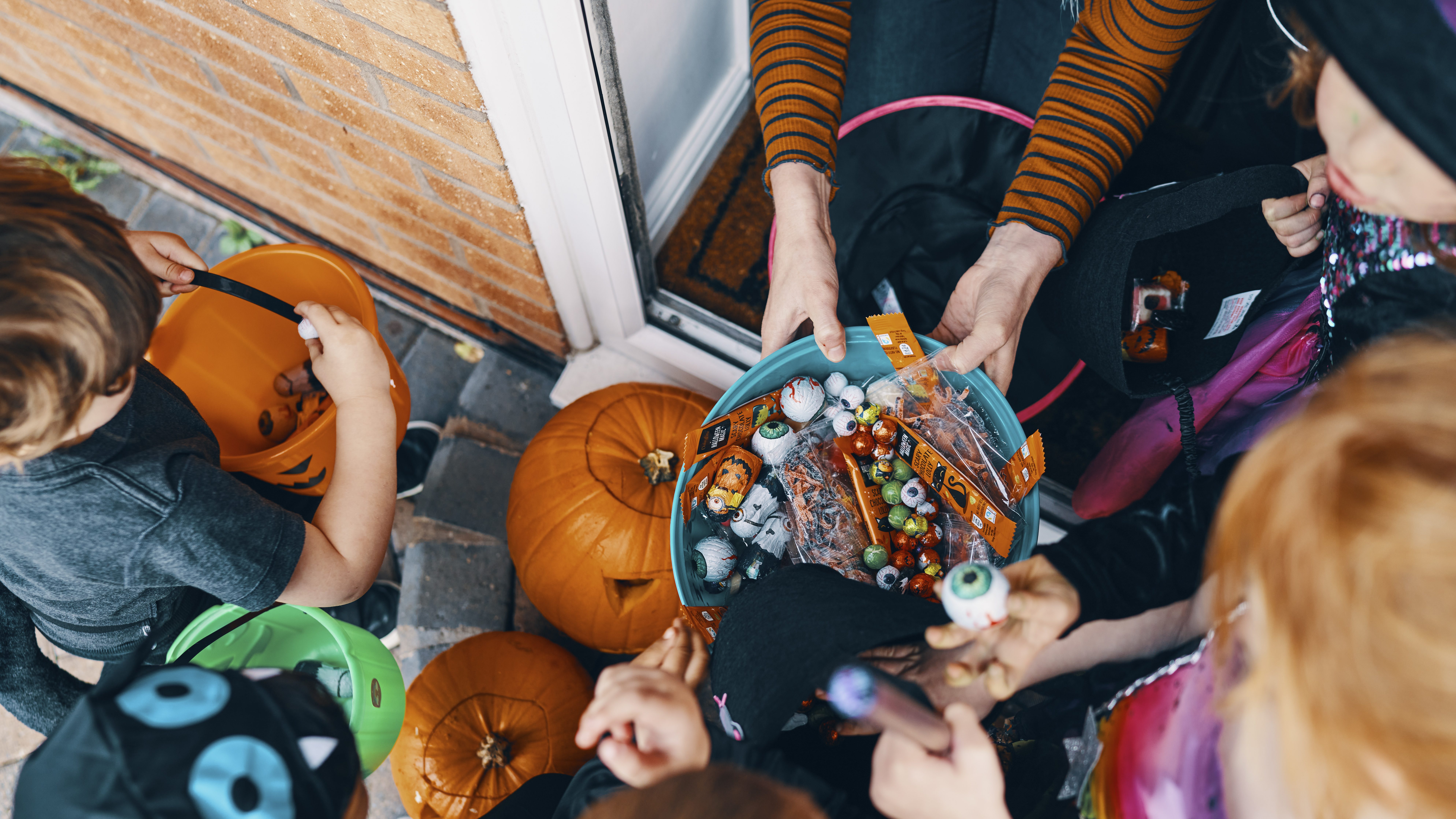
Trick or treating became popular in the US in the 1930s, when people used to hand out homemade baked goods, toys and coins. It wasn’t until the 1950s when pre-packaged Halloween sweets entered the market, and it’s now what households everywhere give out on Halloween night.
8. Trick-or-treating was inspired by ‘mumming’
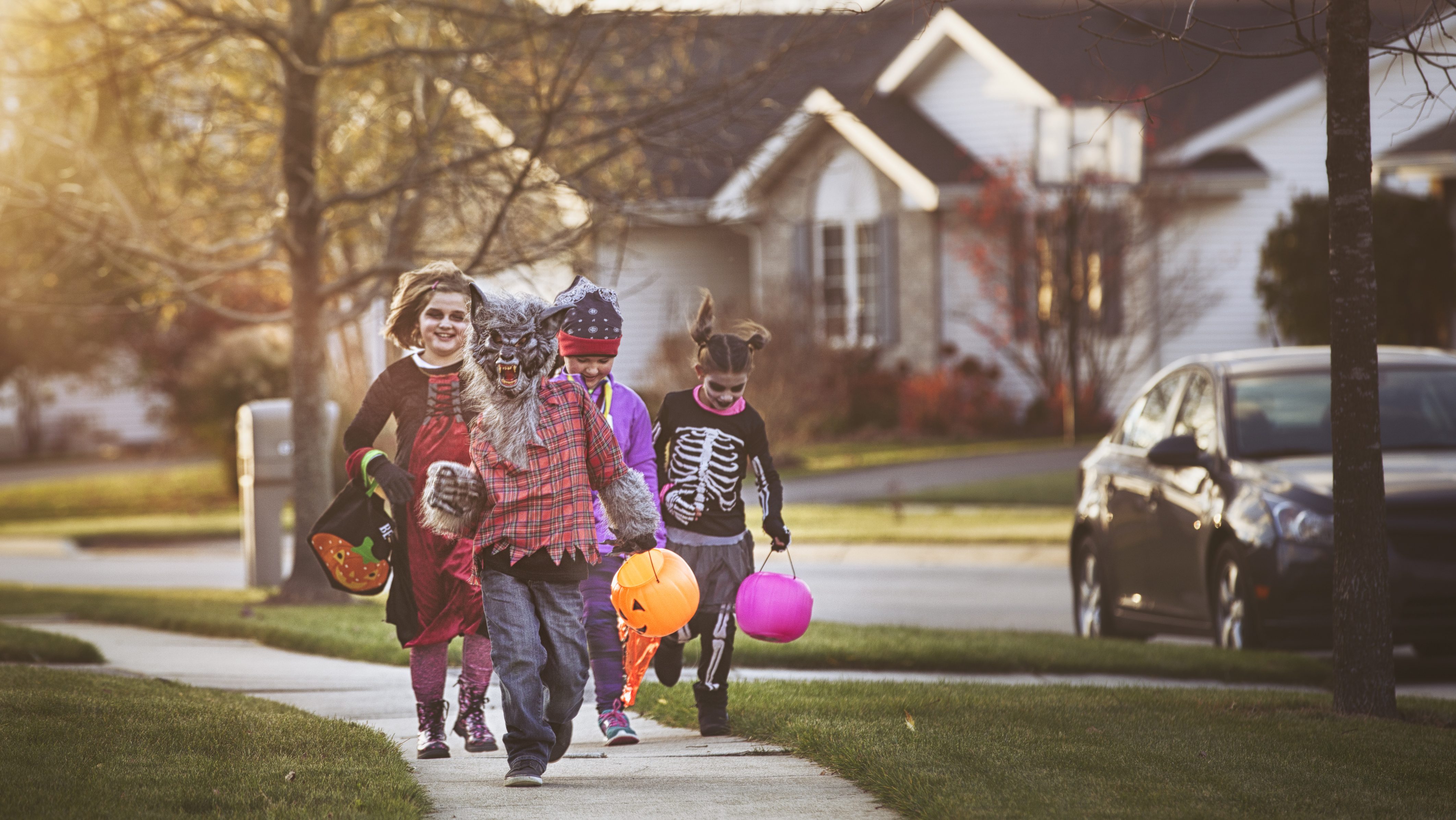
In the middle ages, people began a tradition known as mumming, which is a form of “souling”, where they dressed up as ghosts and demons, going from door-to-door, singing songs and performing scenes from plays in exchange for food and drink.
9. Samhainophobia is the fear of Halloween
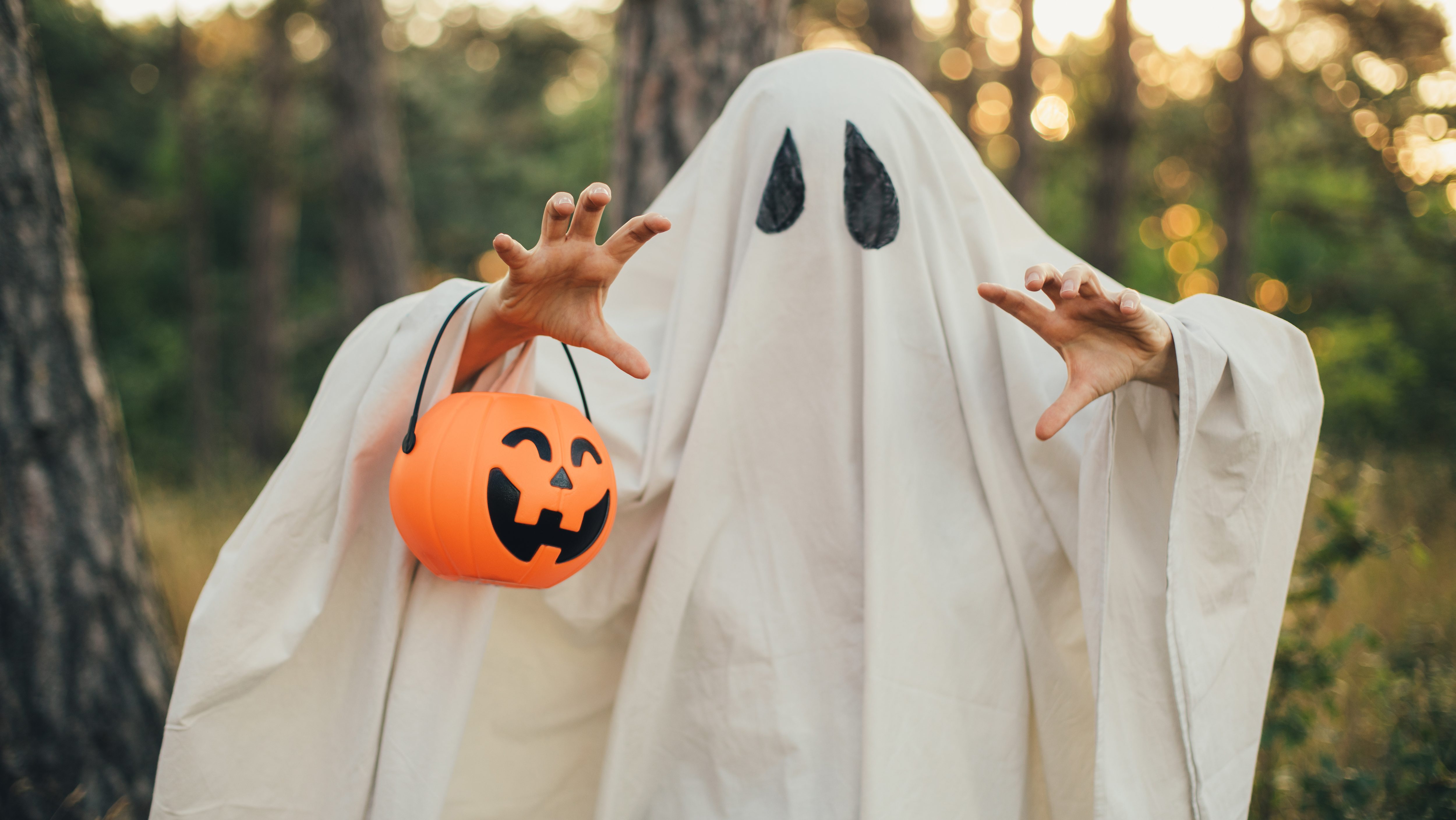
For some, Halloween is not fun for them, and they suffer from samhainophobia, or the fear of Halloween, which comes from Samhain, the Celtic festival that inspired Halloween.
10. Why black and orange is synonymous with Halloween
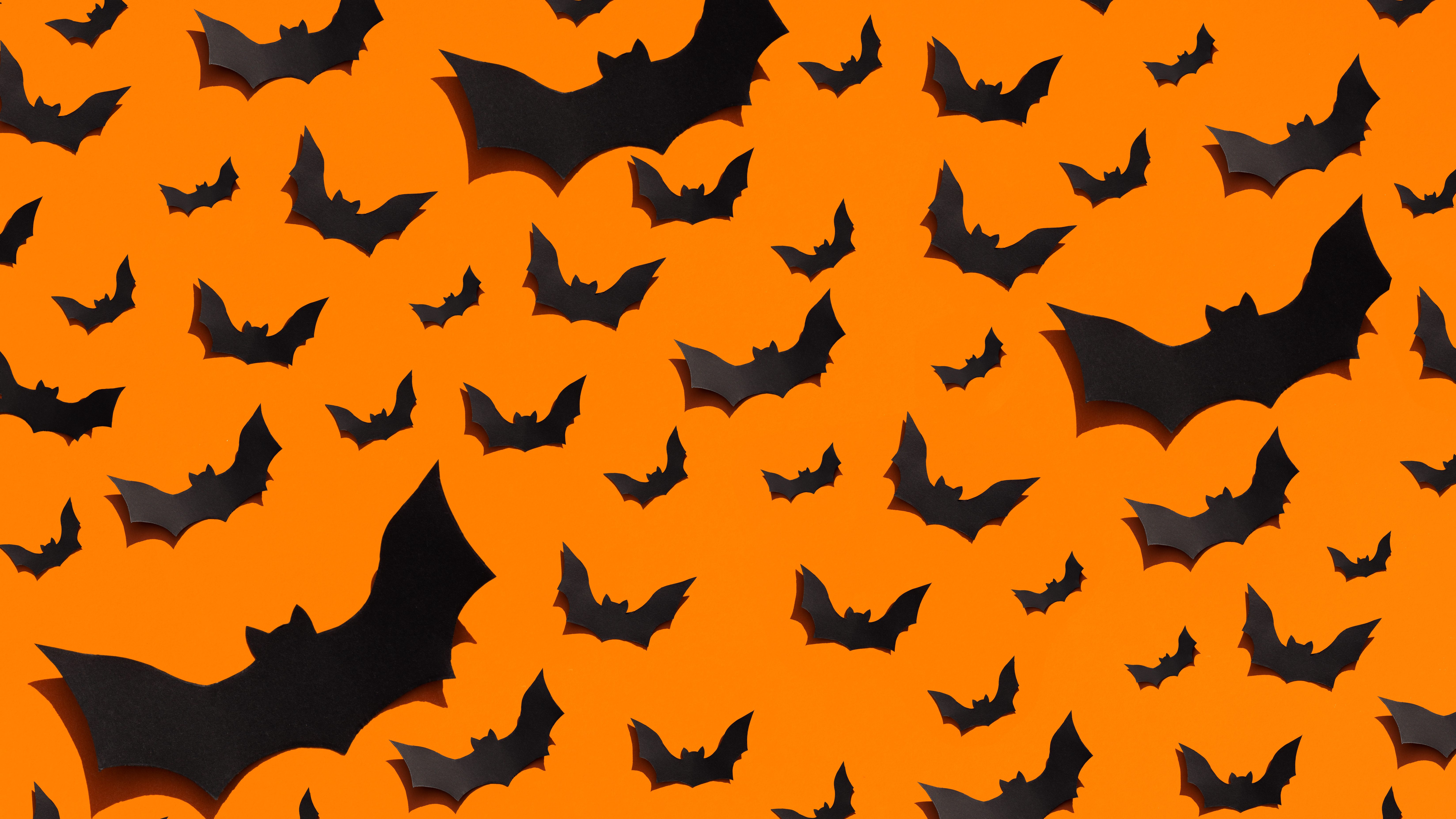
This is another one of those Halloween facts that dates back to the Celts. It’s believed that black represents the darkness of winter approaching, but also death. The orange represents the fall colors, as well as the color of the Celts’ autumnal bonfires.
11. The origins of apple bobbing
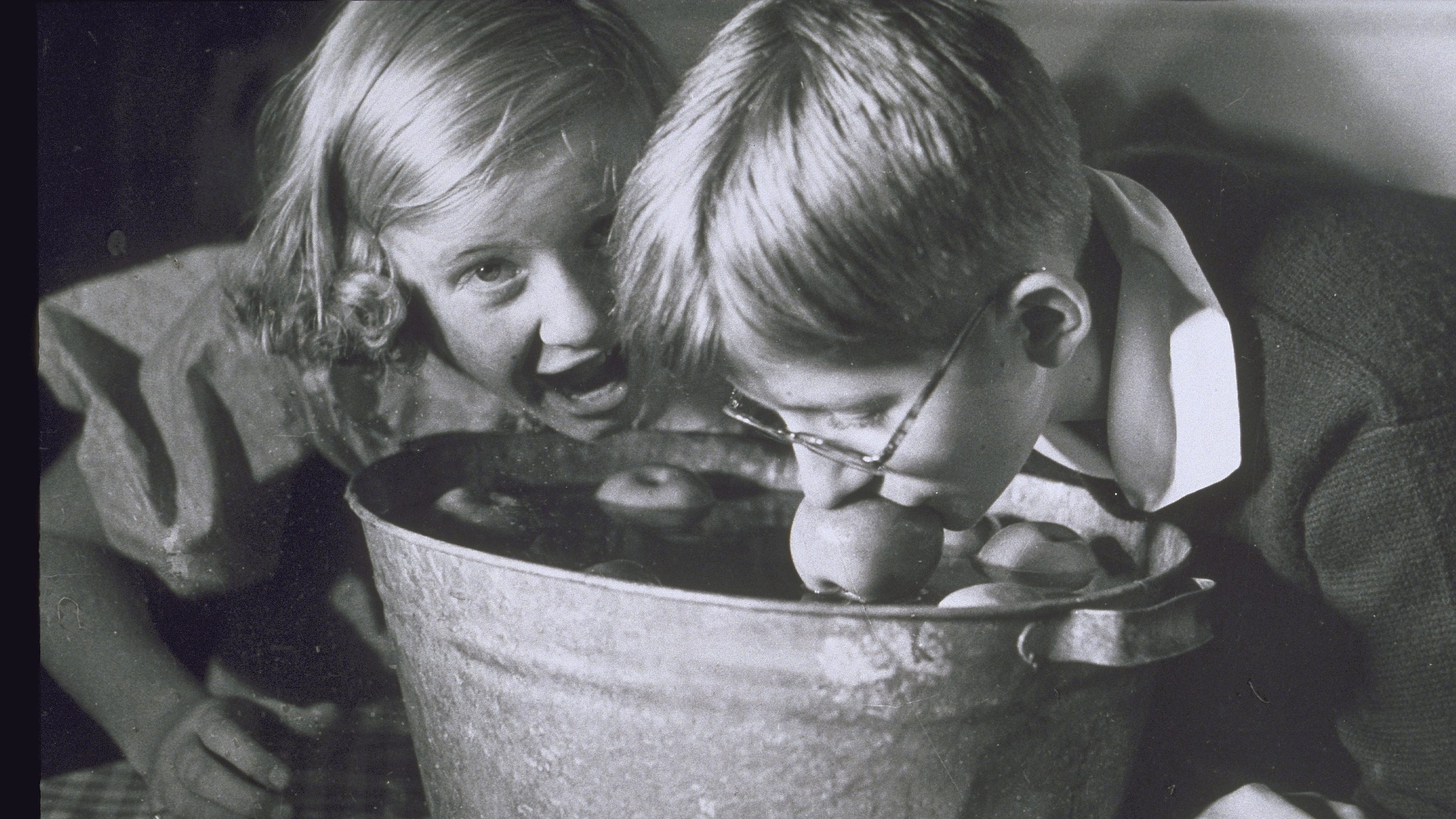
Bobbing for apples is also linked to women finding potential suitors and the 18th-century dating ritual. Certain apples would be assigned to different suitors and women would try to bite on to the apple they preferred.
12. The myth of the black cat
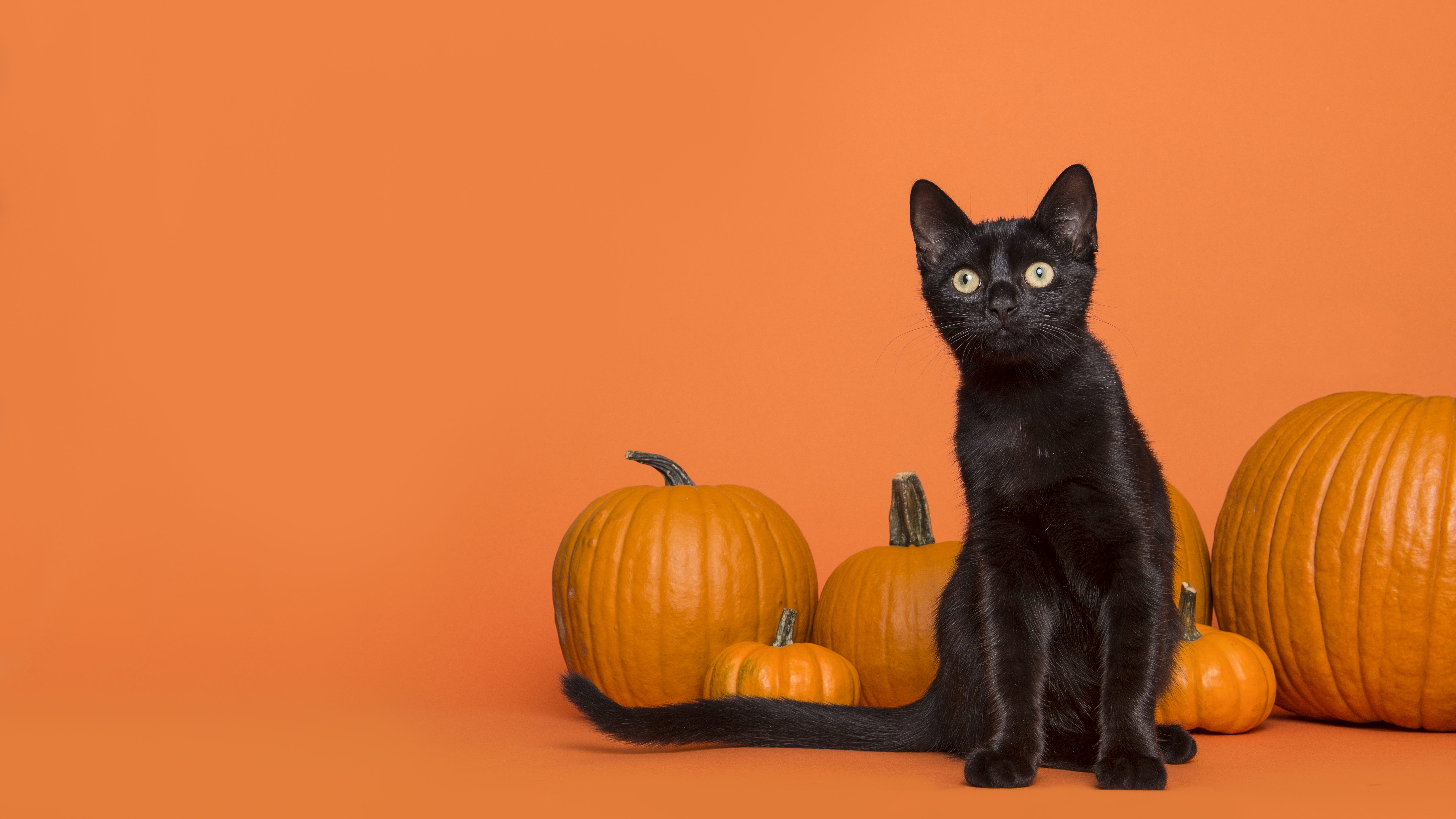
Many believe it’s bad luck for black cats to cross your path, especially on Halloween night. This superstition stems from the Protestant beliefs that disapproved of anything associated with witchcraft. Some even believed the legend that witches could transform into black cats and vice versa.
13. You can’t adopt a black cat around Halloween
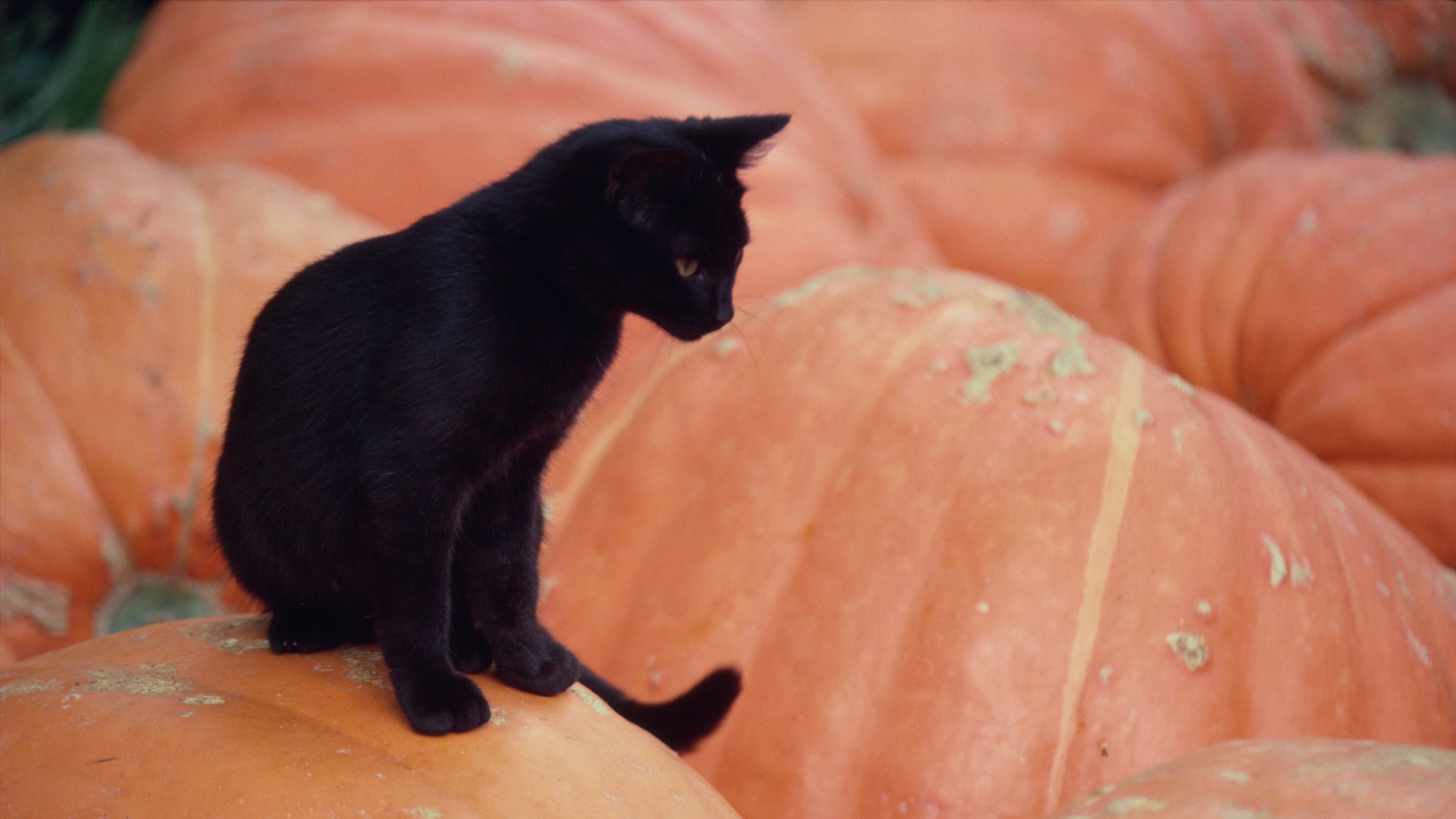
During the period around Halloween, many animal shelters refuse to put black cats up for adoption as they’re worried the animals will be used in some sort of sacrifice or be mistreated.
14. The original jack-o-lanterns
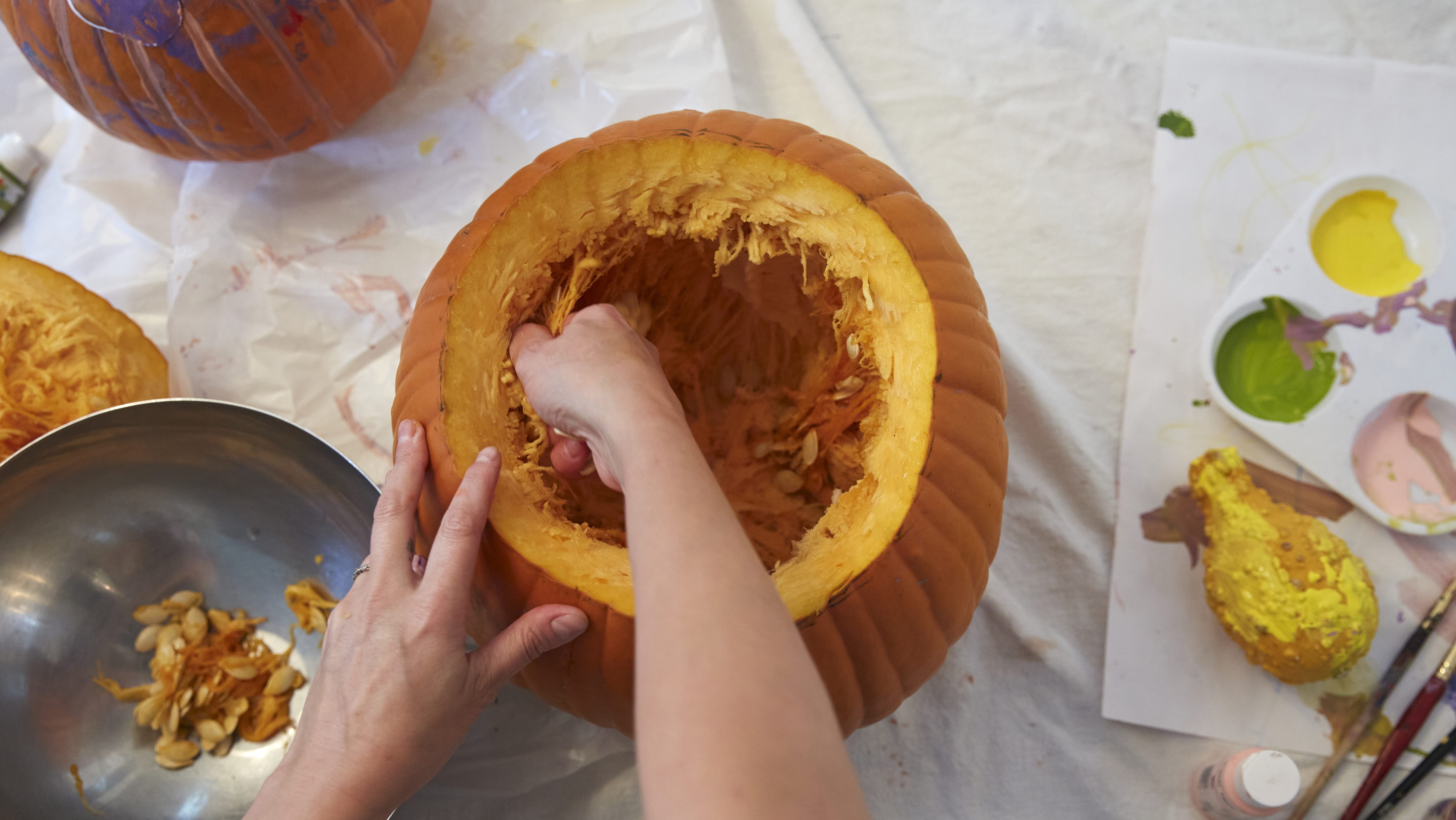
Here’s one of those Halloween facts we find hard to believe: Before people began carving pumpkins they would actually carve turnips! (Click here to find out how long carved pumpkins last)
15. The largest Halloween parade takes place in NYC
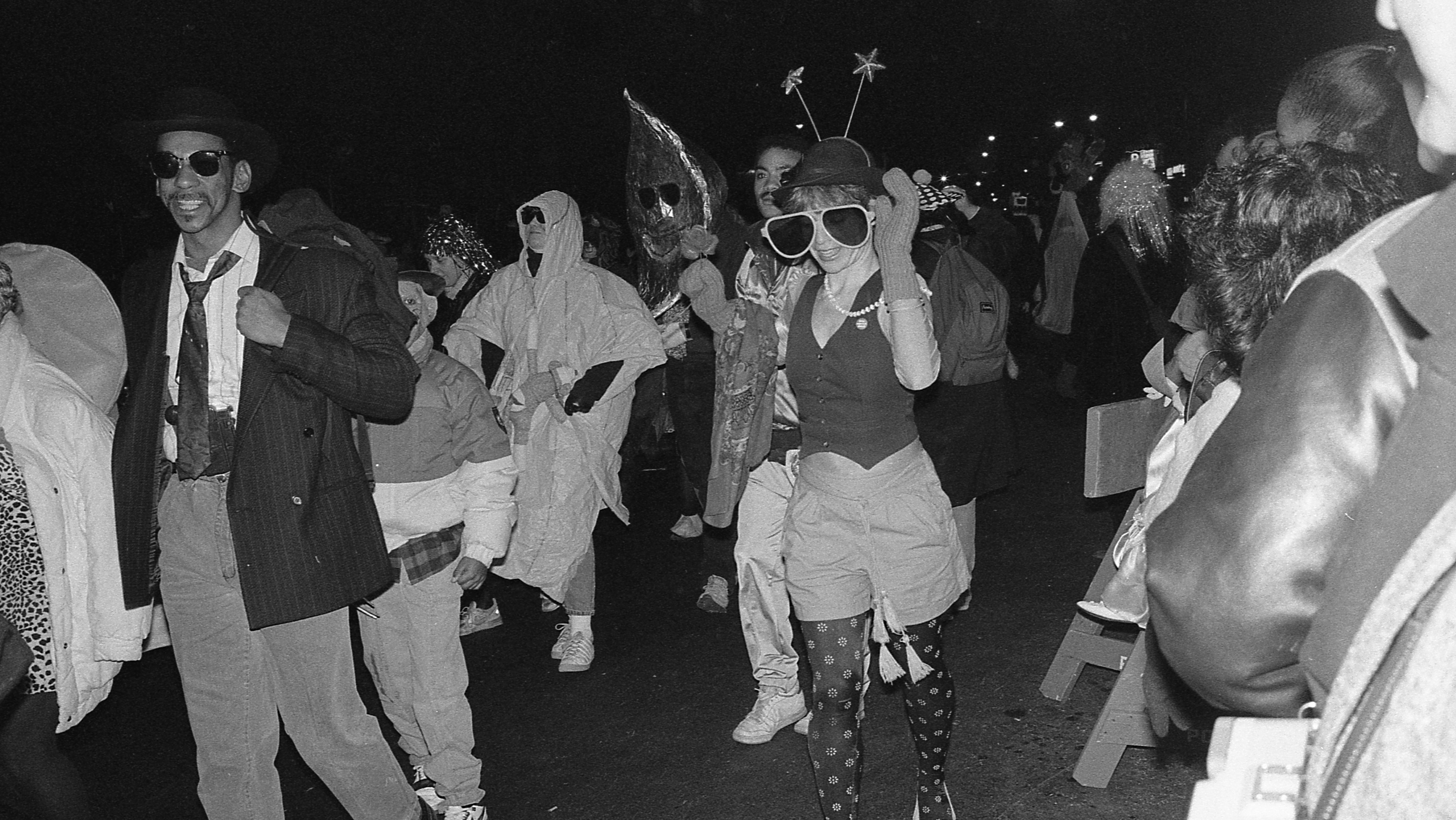
The biggest Halloween parade in the United States takes place in Greenwich Village and attracts nearly 2 million spectators each year.
16. The origins of candy corn
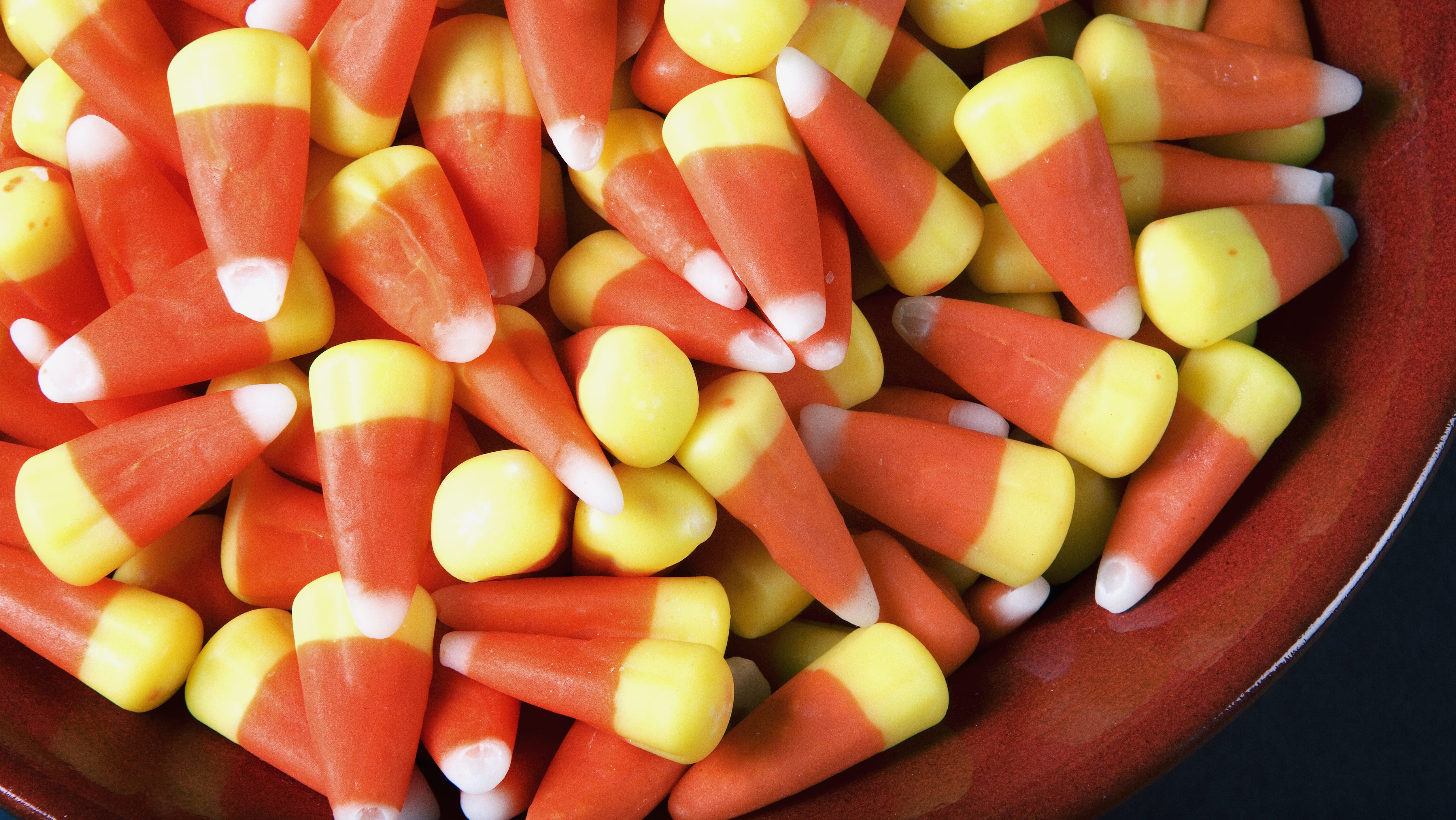
The popular tri-colored Halloween treat was originally known as “chicken feed” and rose in popularity during the 1950s.
17. The most popular Halloween candy is…
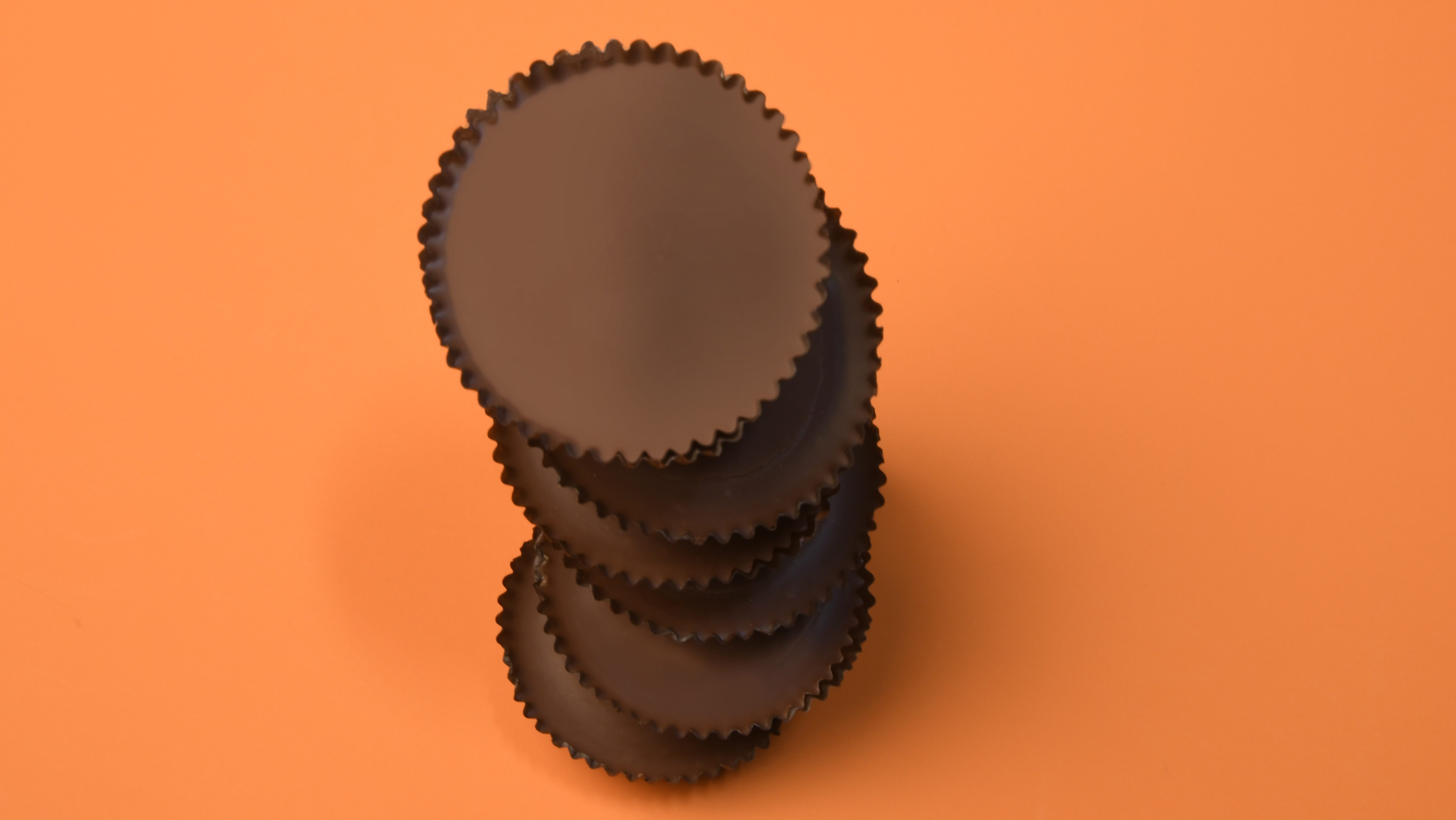
One of the most believable Halloween facts, according to CandyStore.com, is that the most popular Halloween candy is Reese’s Cups, followed by M&Ms.
For on Halloween, keep reading!
20 Creepy and Catchy Songs About Monsters — Perfect for Your Halloween Party!
The 10 Best Non-Scary Halloween Movies, Ranked — For Just the Right Amount of Spooky Fun
17 Halloween Recipes That Are So Clever, It’s Scary — And They’re Perfect for Potlucks


